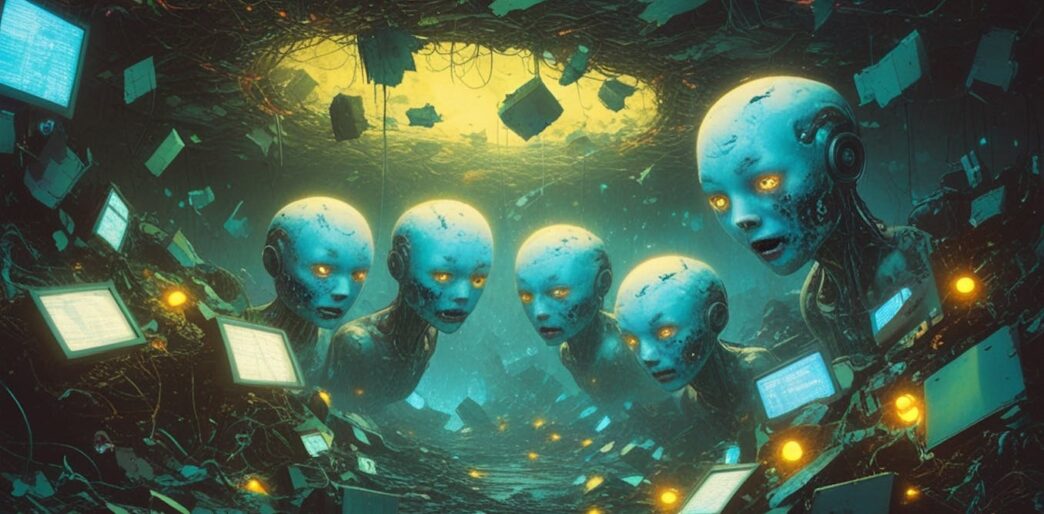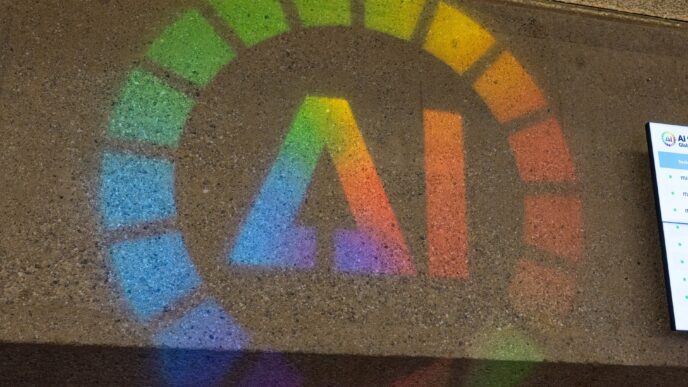AI’s “Slopocene” means breaking bots reveals how they really work
The markers of AI-generated content are getting harder to spot. Gone are the days of weird hands or too many fingers. Now, the glitches are subtle—dashes, emojis, or oddly placed words.
Some researchers argue these AI “failures” aren’t bugs but insights into how the models think. “Hallucinations”—outputs that sound right but are factually off—are in fact the core of how large language models operate.
Andrej Karpathy, OpenAI co-founder, put it bluntly on X:
“go into deemed factually incorrect territory that we label it a ‘hallucination’. It looks like a bug, but it’s just the LLM doing what it always does.”
When AI hallucinate, it’s not breaking, it’s creating. The messy outputs pouring into our feeds aren’t just “slop”—they’re the visible side of AI’s statistical guessing in action at scale.
A recent experiment pushed Anthropic’s Claude Sonnet 3.7 into semantic collapse by telling it to speak only in fragments and defy coherence. The result was a spiral of contradictions, glitches, and distorted vertical text strings until the model shut down.
This “breaking” exposes how AI fakes understanding with statistical patterns, not real comprehension. Normal AI chat is just a "coherent" layer on top of fundamentally unstable processes.
The idea of “rewilding” AI is gaining traction—reintroducing the weirdness and unpredictability early AI systems had before companies polished it all out.
Remember those AI-generated images with misshapen hands and strange faces? Those “failures” showed how models processed visuals underneath the hood. Now, deliberately injecting weird prompts or random symbols can reveal hidden model associations you’d never see in polished outputs.

Researchers say misusing AI tools offers three big wins. It exposes model biases and blind spots. It forces AI to show how decisions get made when confused. And it teaches critical AI literacy through hands-on play.
These skills matter more than ever as AI saturates search, social media, creative apps, and more. Users need to see the cracks, not just smooth surfaces, to stay in control.
Exploring the Slopocene and pushing AI “breaks” isn’t for making faster prompts—it’s about keeping agency with systems built to persuade, predict, and hide their inner tricks.














